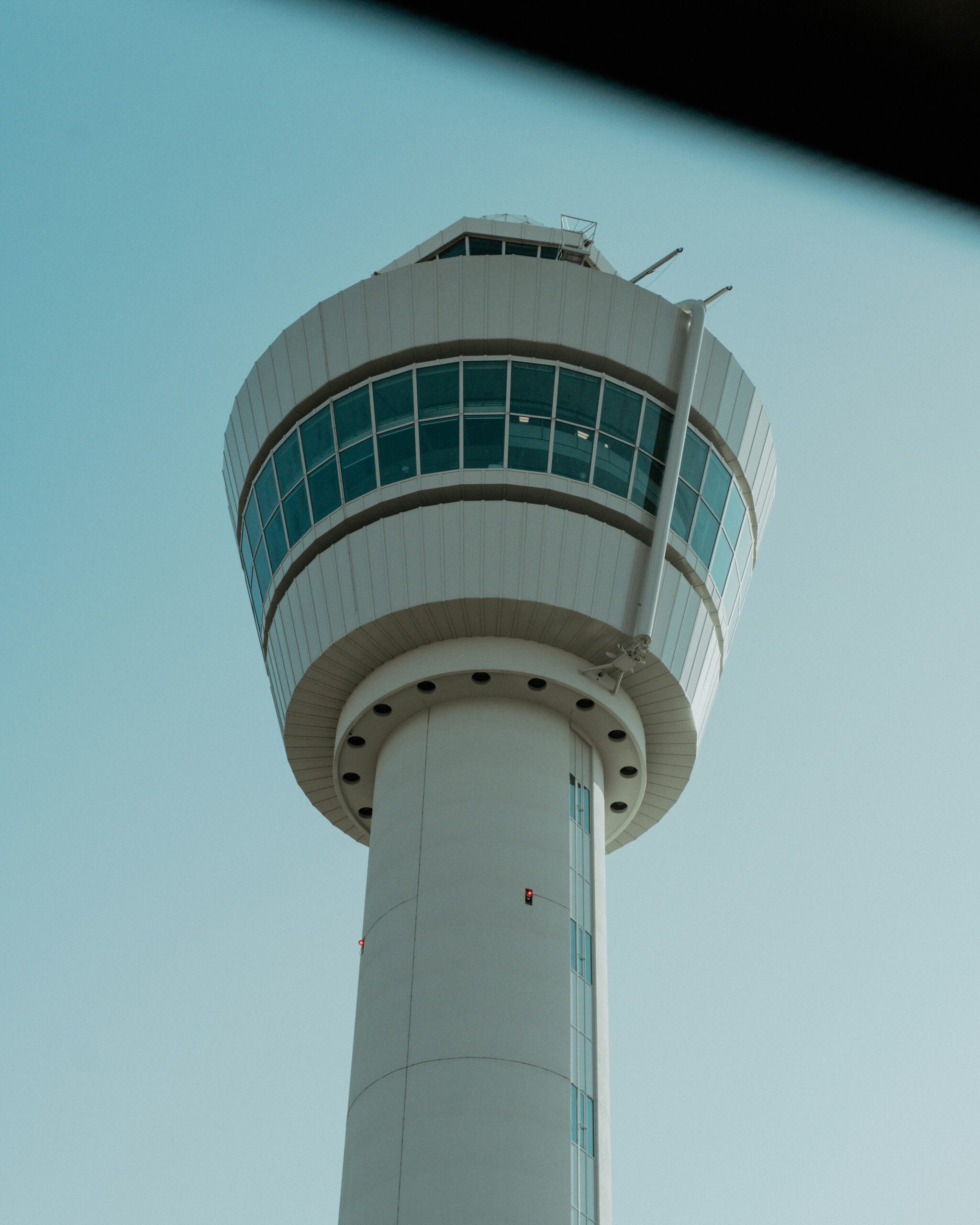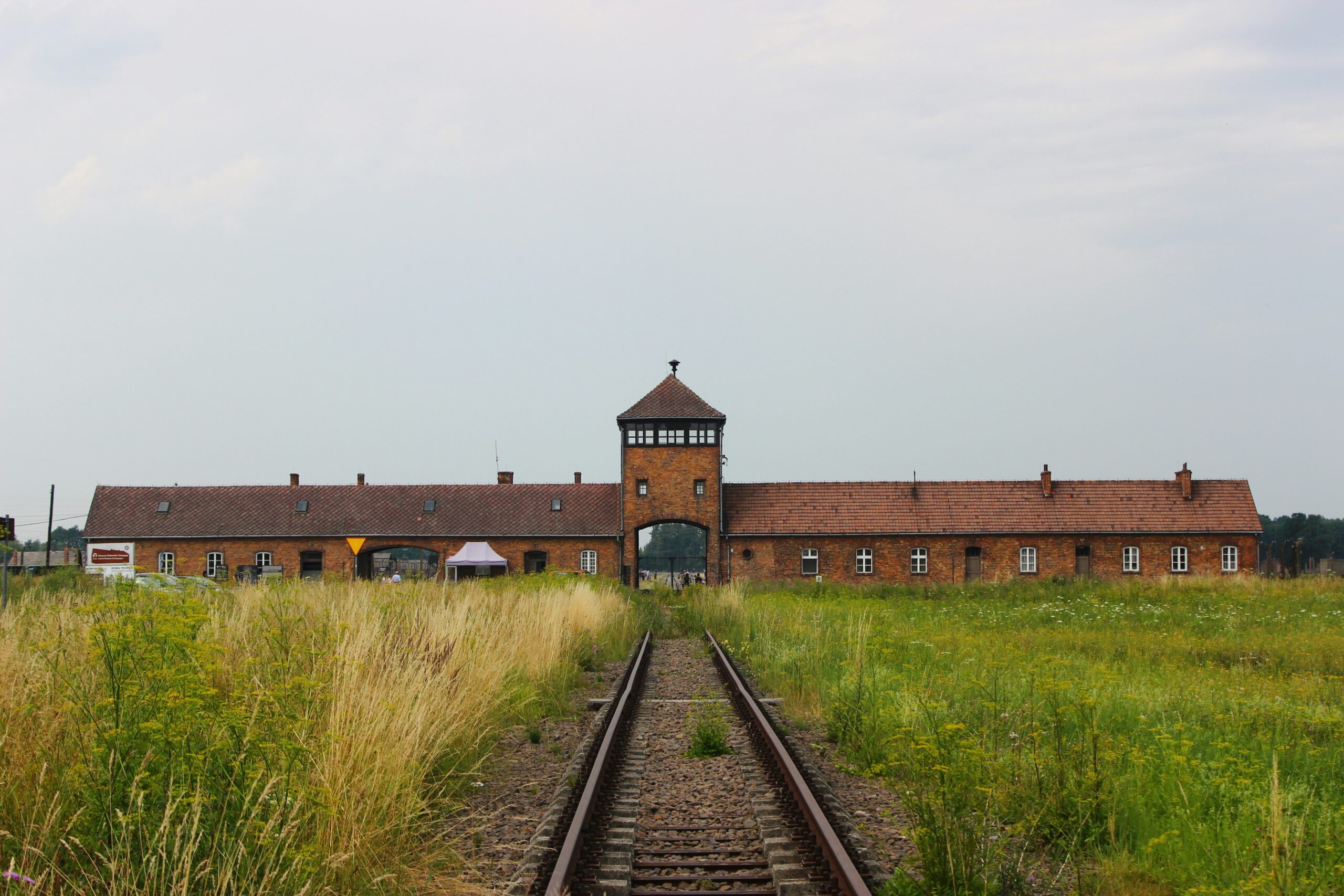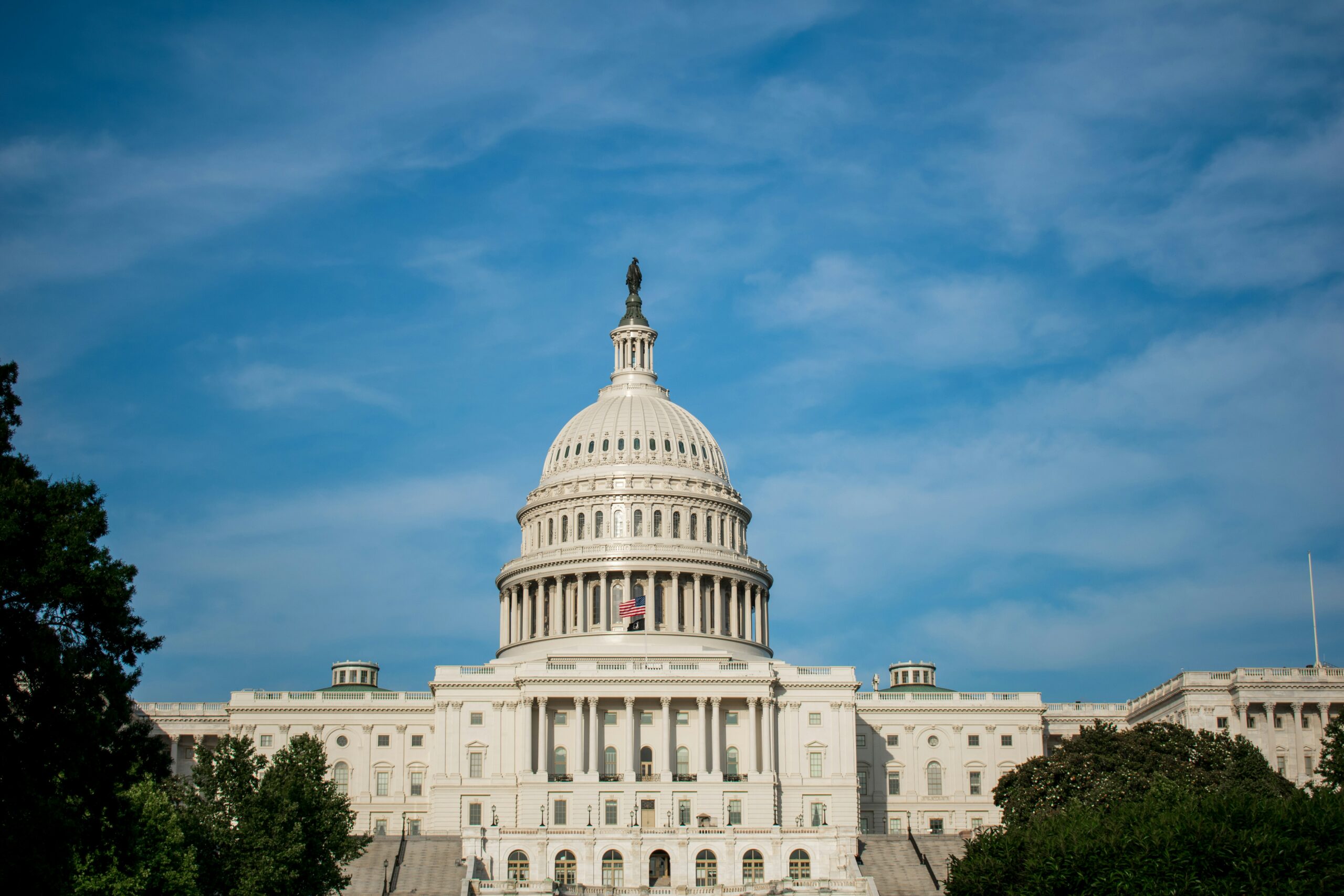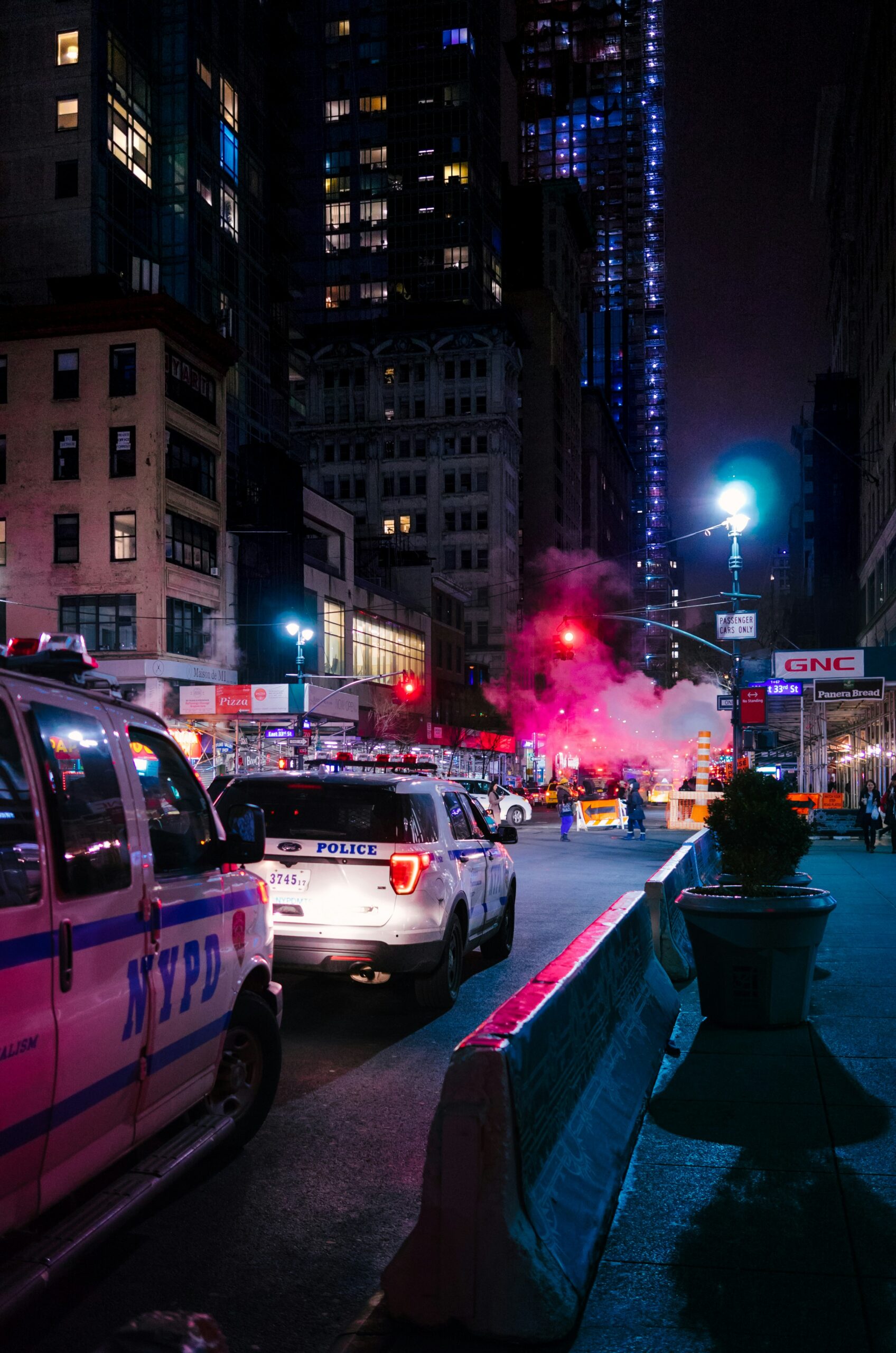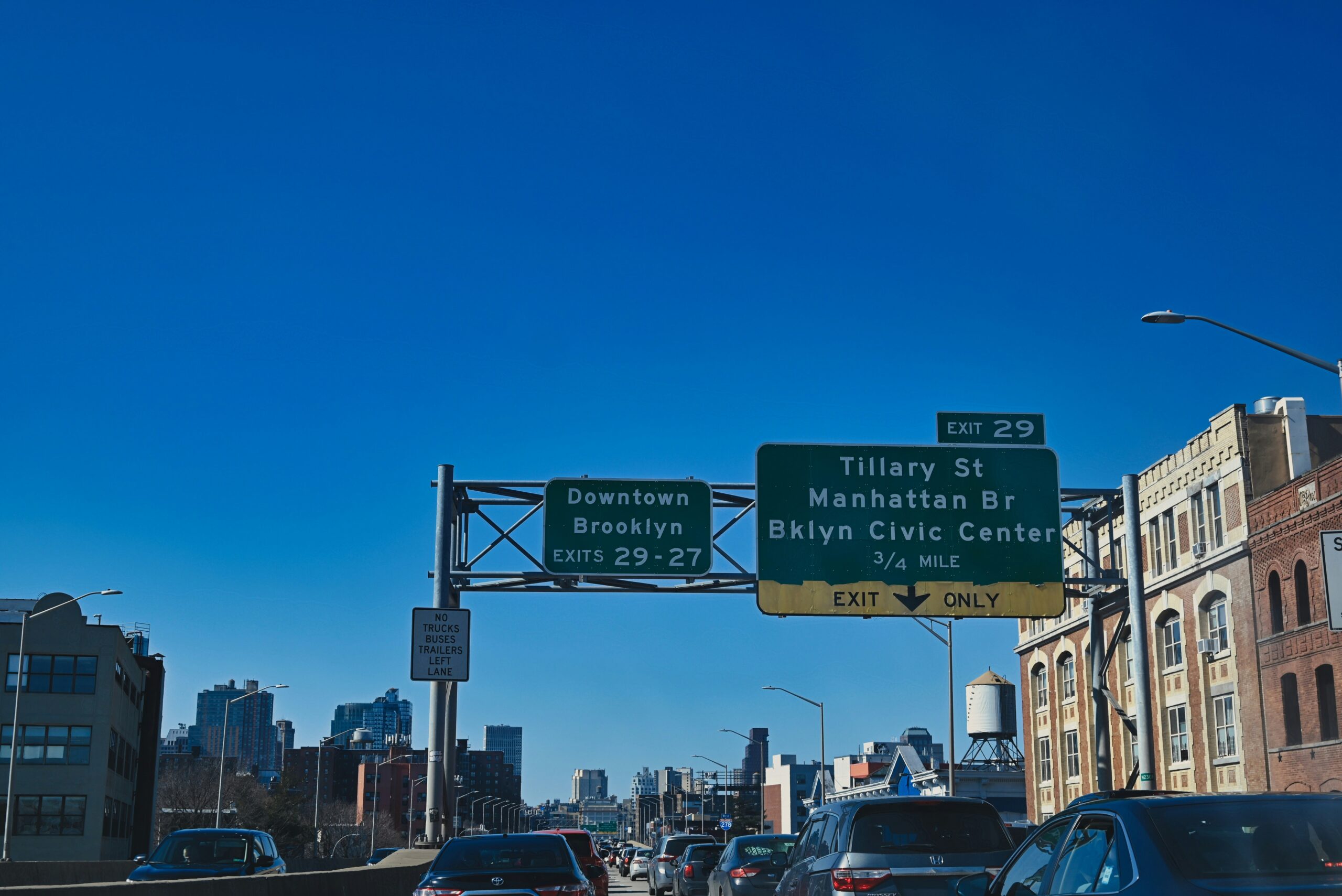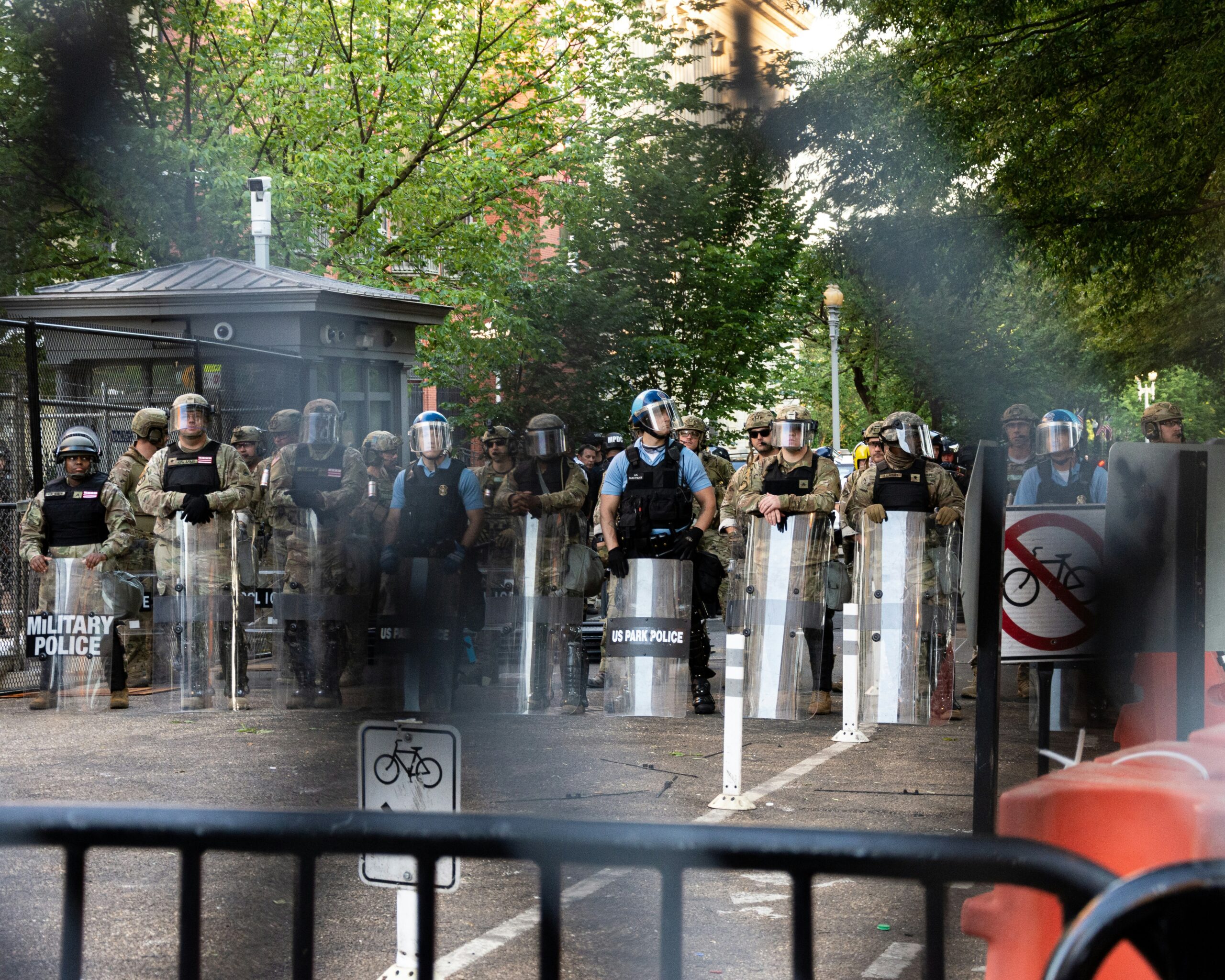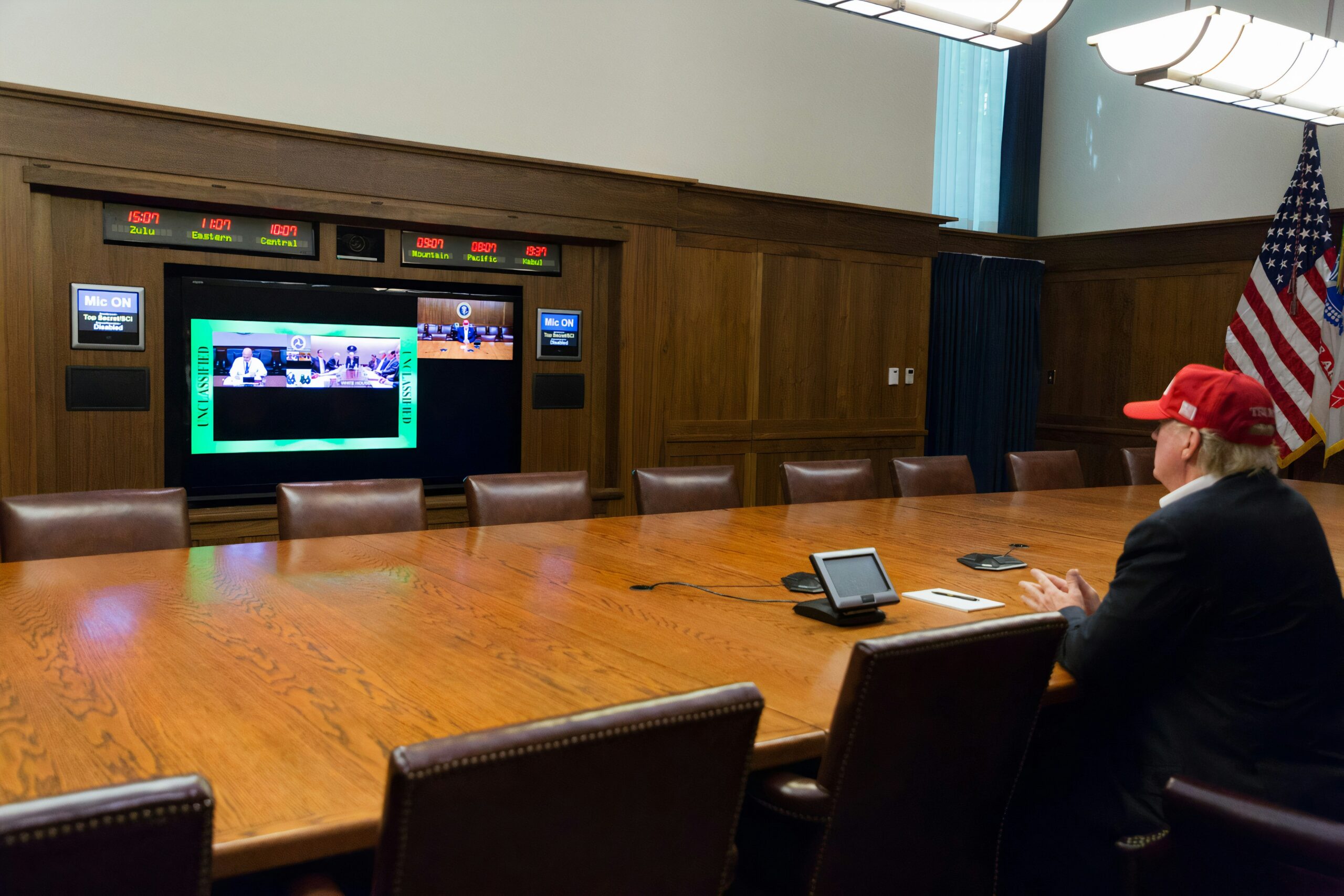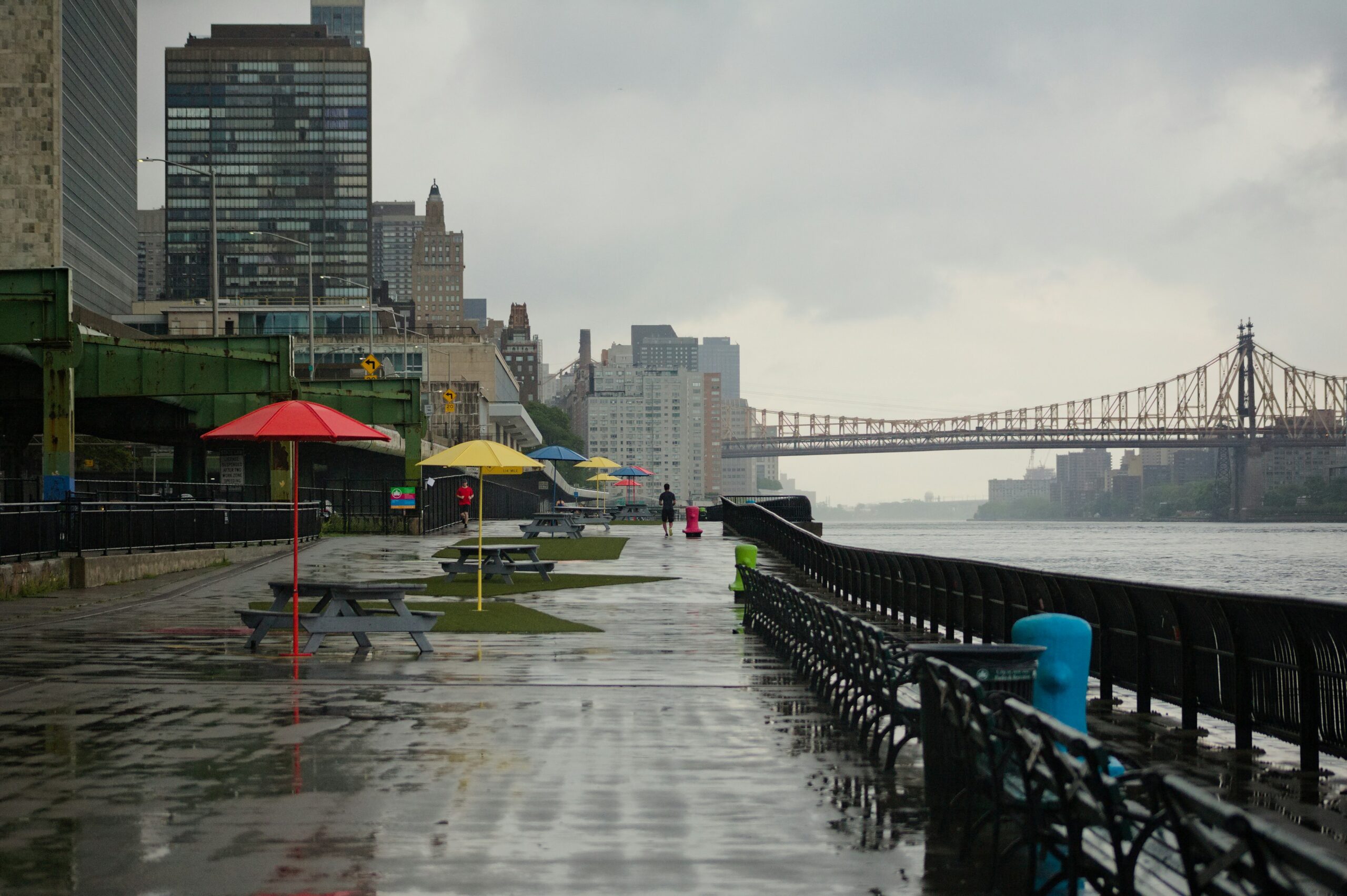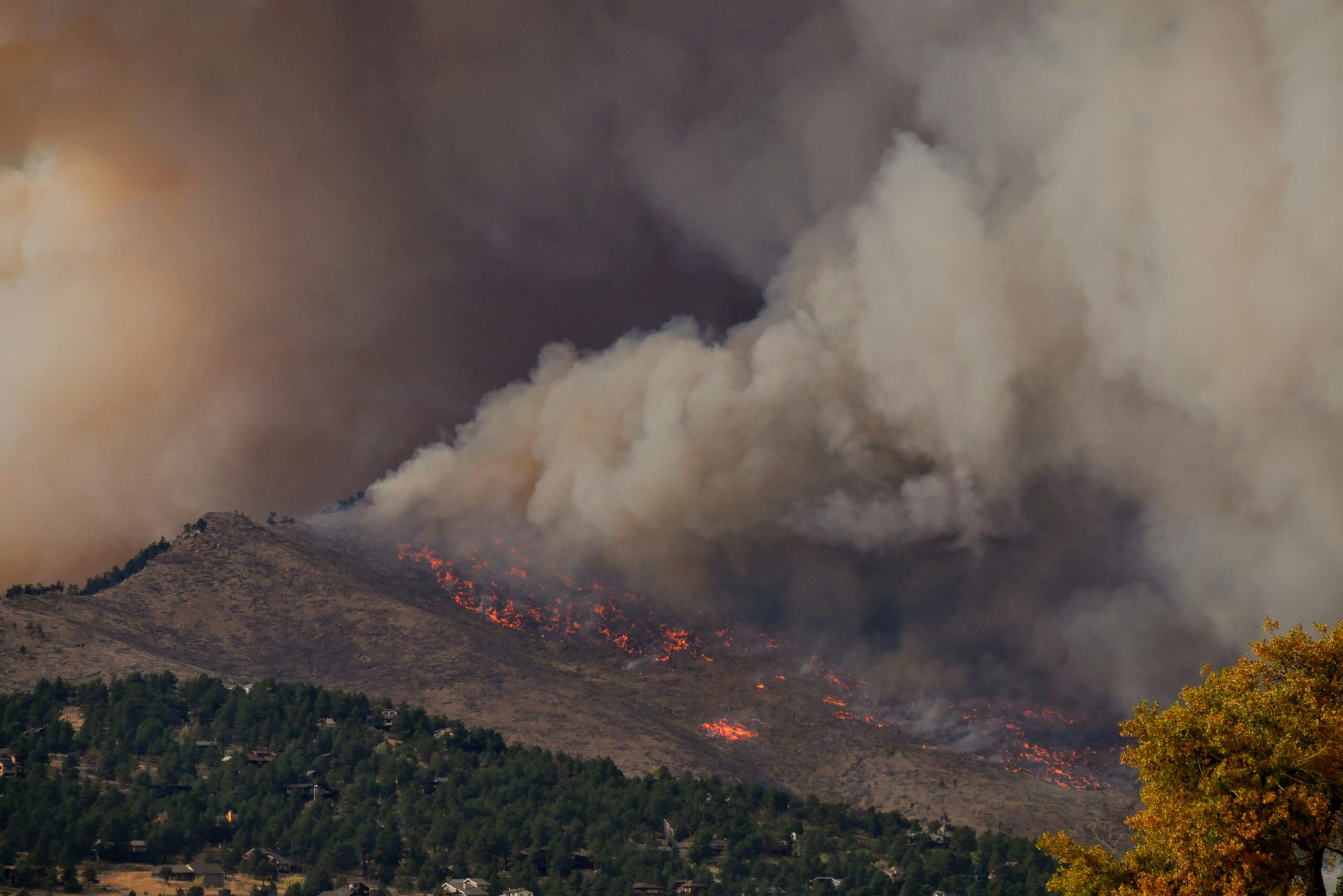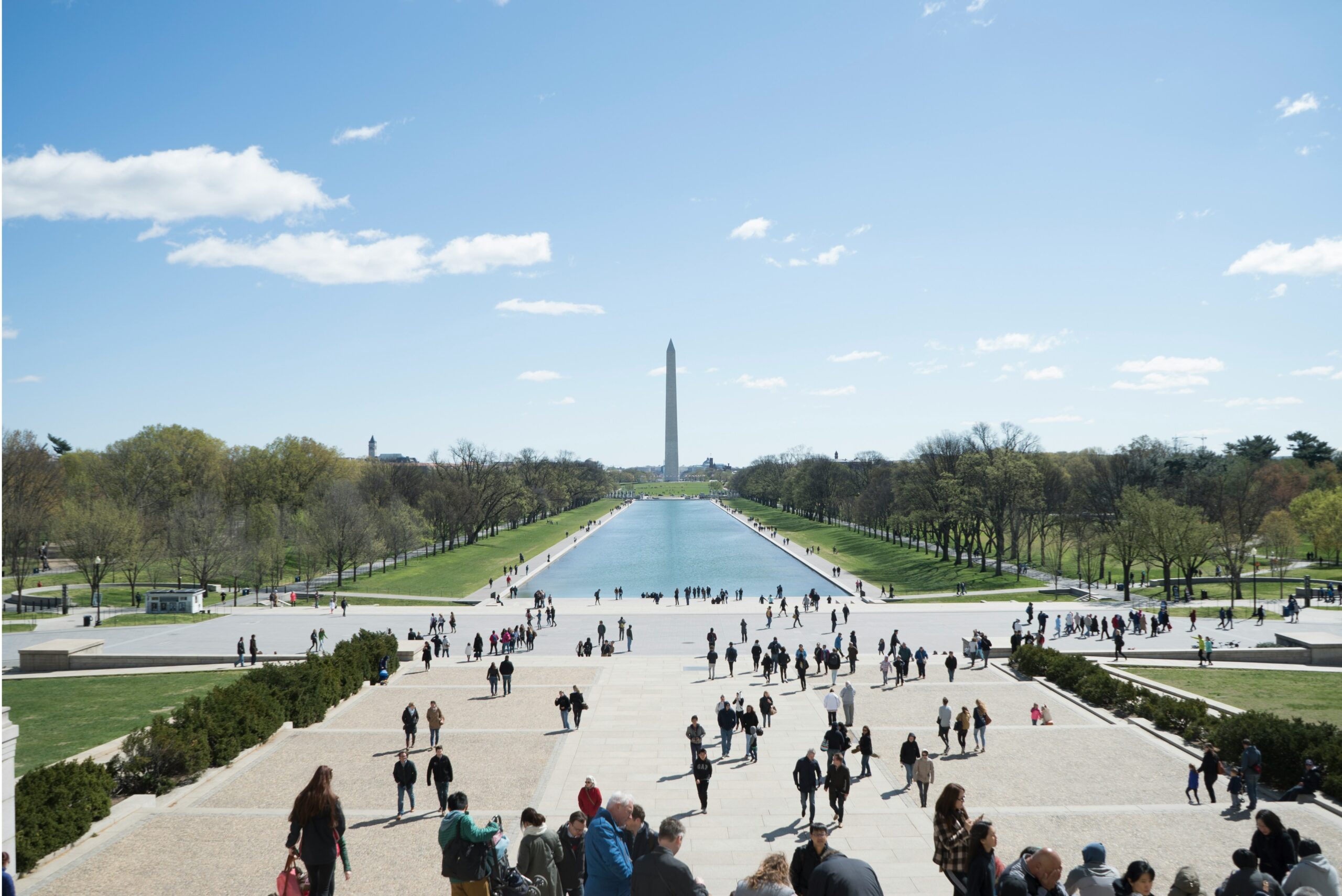Image credit: Unsplash
This year’s summer travel season is expected to be the busiest ever, but New York’s major air traffic controller service could potentially hinder it.
Currently, nearly all FAA air traffic controllers must train at the academy in Oklahoma City, no matter where they are from or where they will end up working. However, only so many people can be trained at that site at a time, so a new FAA initiative will soon allow colleges that already focus on aviation, such as Vaughn College in Queens, to train hires on the campus. The Queen’s School is helping to increase the number of eyes watching air traffic in the skies.
How the FAA Initiative Will Work
When the Federal Aviation Administration hired the 2024 Vaughn graduate, Kyle Ratkowski was working on a simulator. However, he will soon start the FAA’s three-month air traffic controller training program in New York City. “Just doing the training here in New York would be much easier and less stressful,” he has said.
Like every controller the FAA hires, Ratkowski and others must complete additional training at the facility they are assigned to work at after they’ve completed their training at Vaughn College.
Chris Willbanks of the FAA has said: “[It’s the] same exact curriculum. We handed over the curriculum that we use at the academy. We gave it to the colleges,”
Vaughn College instructor Steve Fanno has stated that this method should “absolutely speed up things.
Fammo, a retired air traffic controller, also added, “I think it’s just going to open the door faster for a lot of new prospective students who eventually become employees.”
Fammo worked at the Tri-State’s facility for controllers, known as N90 TRACON (short for Terminal Radar Approach Control) on Long Island, and guided approaching and departing planes. It is currently staffed at roughly 58%.
Reports indicate that, in the last five years, 17 new hires assigned to the N90 TRACON facility either failed, transferred to another facility, or left before they could complete their additional training. This number is more than double that of Atlanta’s TRACON, where eight people left, and quadruple that of Southern California, where four trainees left.
Fanno hopes the plan will attract additional FAA applicants who want to stay in New York for good, as it is “a very difficult facility to work in.”
Willbanks added that it is “Probably the most complicated, or one of the most complicated airspaces in the country. And dense and highly populated. A lot of airports close together, so you know that plays a factor in that.”
N90 TRACON Needs More Applicants
Thanks to new hires, N90 TRACON has more controllers currently in training than any other TRACON. Additionally, N90 is one of the top three TRACONs for the total number of controllers who have completed their training in the last five years. However, to meet its staffing needs, it will need more applicants who can finish training.
When asked what would happen if the FAA could not address the shortage issues, Fanno stated, “You’re going to have more and more delays and more and more restrictions on airports, like we have in New York airports now.”
Willbanks also stated, “The agency is looking at various things that we can do to increase that success and be successful in the N90 area.”
The FAA hasn’t confirmed which schools will be in the new training program. However, Willbanks has stated that Vaughn College will be one of them.
Unfortunately for Kyle Ratkowski, the initiative will not likely be ready for his training.
The agency opened the application process for schools that wish to join the program, known as the Enhanced Air Traffic-Collegiate Training Initiative, in April. However, it has yet to release a date for its launch.
“I could imagine it’d be much easier,” Ratkowski stated. “I can’t explain to you the number of people who I’ll say I’m going to Oklahoma City and the say, ‘Oh, Oklahoma, that sounds really far.'”
An FAA plan to move 17 controllers from the Long Island facility to Philadelphia adds to additional complications. While they would still cover Newark’s airspace, and the FAA says the move will help staffing overall, the controllers and New York lawmakers, including Senate Majority Leader Chuck Schumer, are fighting the plan.
One reason the training is essential is to ensure no collisions. There have been several near-collisions over the past few years. As a result, the FAA has announced new rules requiring rest between shifts between controllers, who are often overworked but play a crucial safety role for air traffic.
